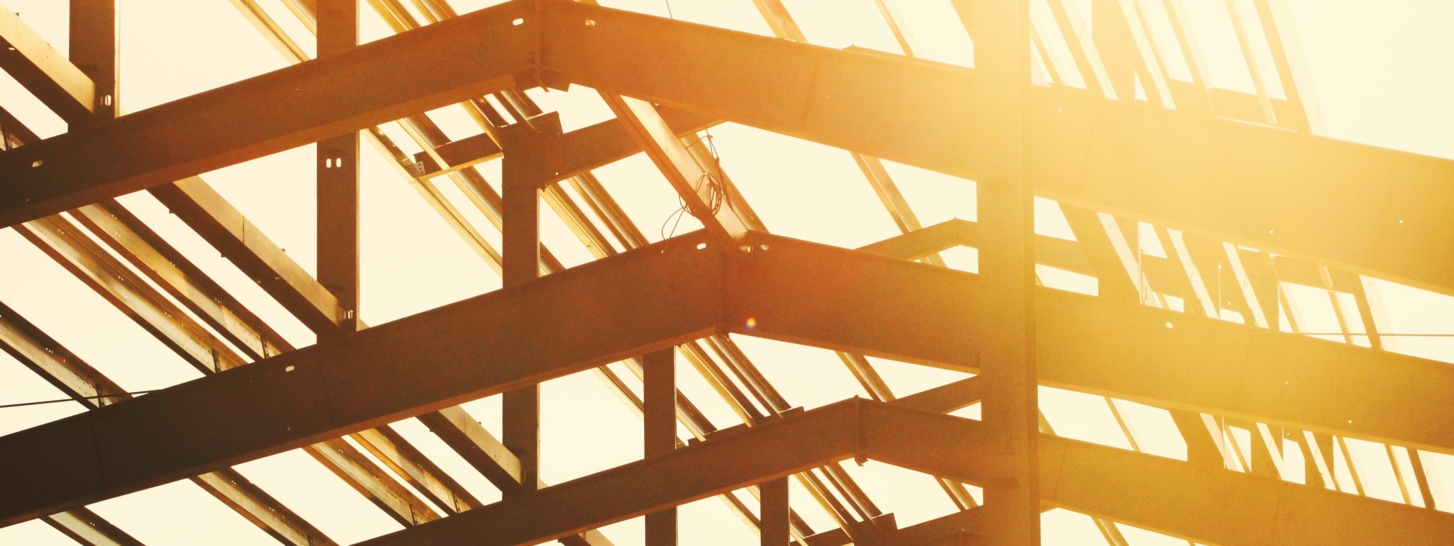Building structures are everyday subjected to extreme situations: fluctuating temperatures in summer and winter, precipitation and varying ambient air on the coast, in industrial surroundings or on land. Fasteners such as construction screws are particularly affected by these corrosive stresses.
Commonly known as “timber screws”, they have the function of both tool and fastener and come in a range of different types. Adjusting screws for wood-on-wood connections, spacer bolts, cladding screws or dry wall screws. Characteristic here is that the screws cut their own thread when fastened to the timber. The advantage of this is that the screws can be employed without pre-drilling and therefore faster and more economically. Work stages such as thread cutting or forming as well as cleaning after shaving removal are not required.
Construction screws are typically made from steel or stainless steel. However, the fact that they are often bolted to components made from other materials (e.g. brackets) means that there is a risk of contact corrosion. The screws are used primarily for roof constructions, building carports or for play equipment and safety considerations mean they need to be well protected against corrosion. In addition to the effects of precipitation and fluctuating temperatures, however, the contact with chemical substances such as impregnating agents stress the timber screws and can lead to corrosion and therefore destruction of the components.
 Belgium nederlands
Belgium nederlands Belgium français
Belgium français Canada english
Canada english Canada français
Canada français China chinese
China chinese Czech Republic čeština
Czech Republic čeština Deutschland deutsch
Deutschland deutsch France français
France français Hungary magyar
Hungary magyar International english
International english Italy italiano
Italy italiano Netherlands nederlands
Netherlands nederlands Poland polski
Poland polski Russia русский
Russia русский Slovakia slovenčina
Slovakia slovenčina Switzerland français
Switzerland français Switzerland deutsch
Switzerland deutsch Turkey Türkçe
Turkey Türkçe USA english
USA english
